Braden Goodall
Advisors: Liane Veness (fall term) & Terri Fuglem (winter term)
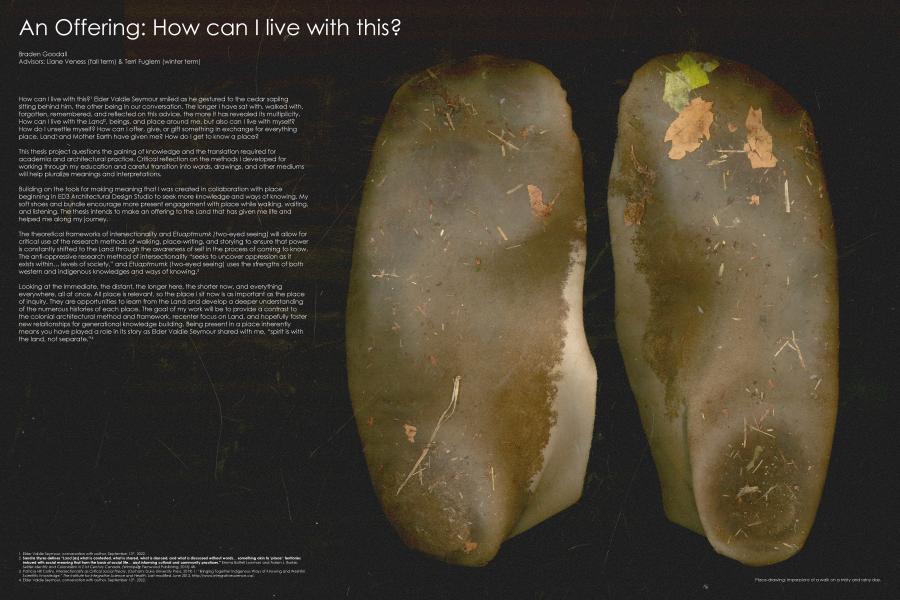
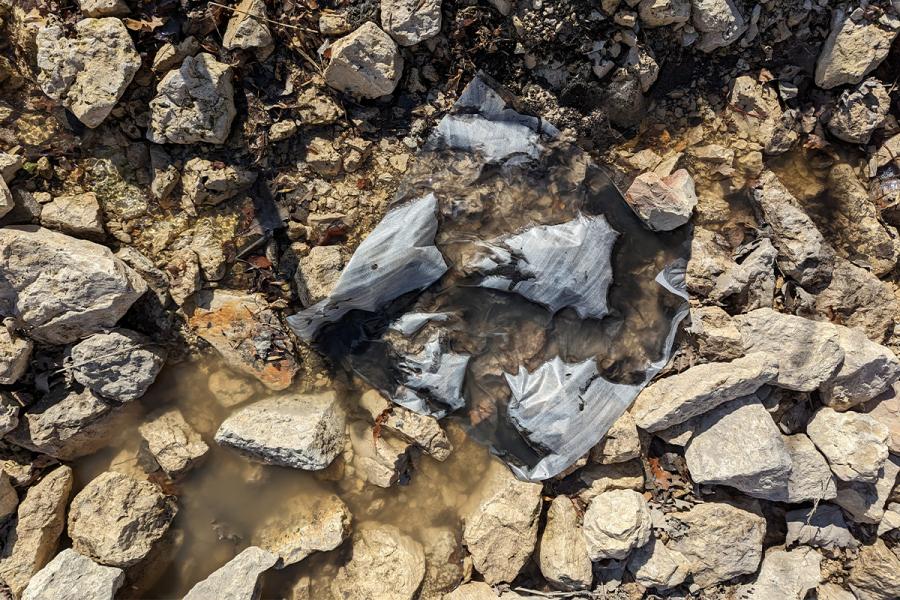
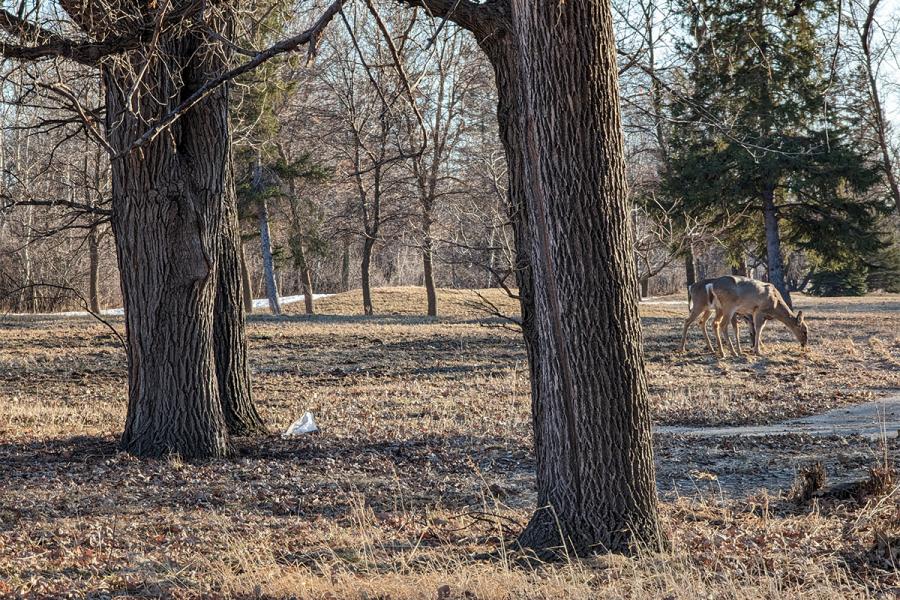
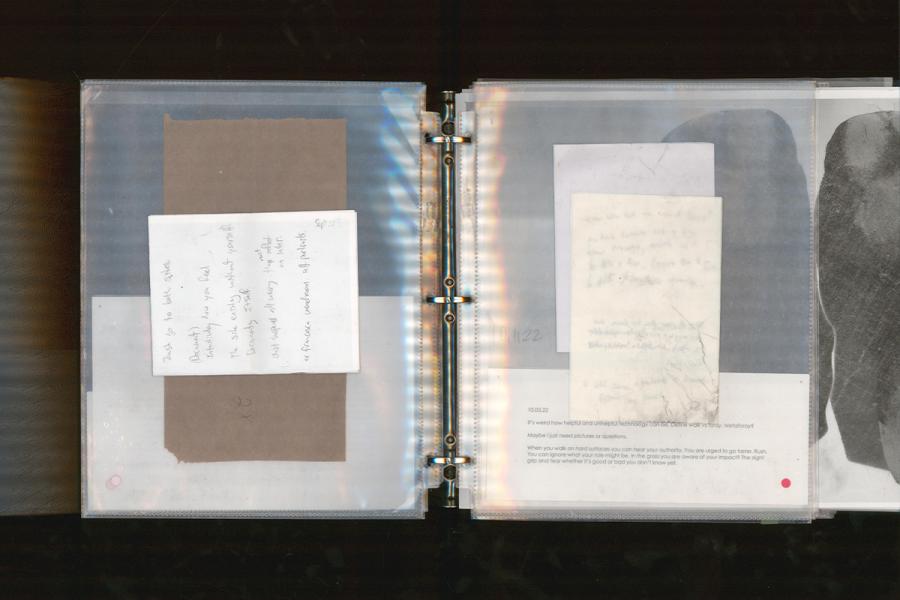
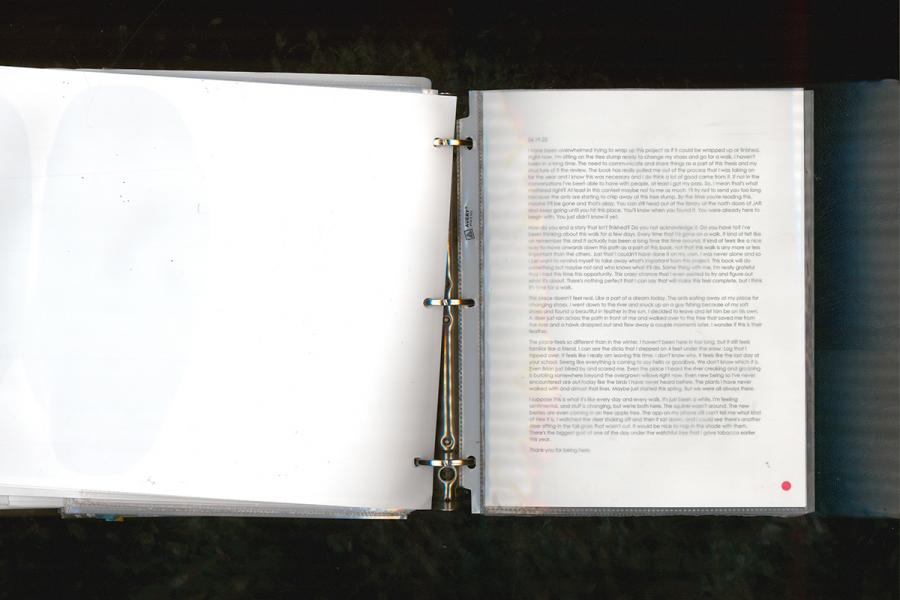
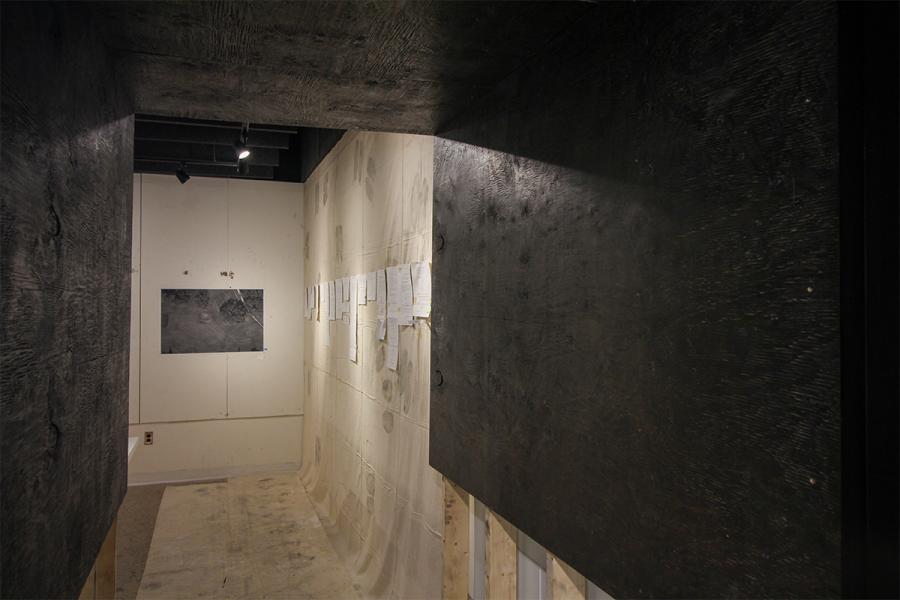
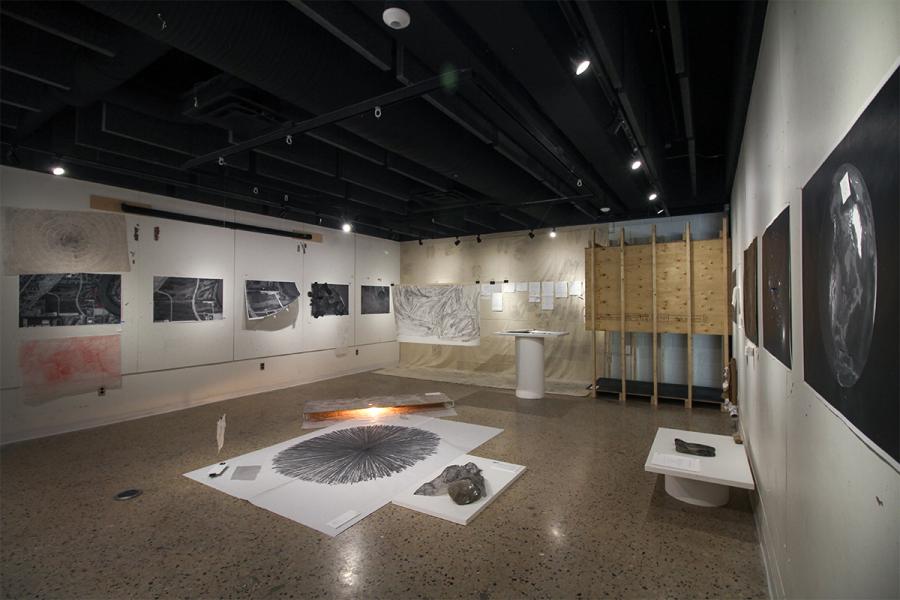

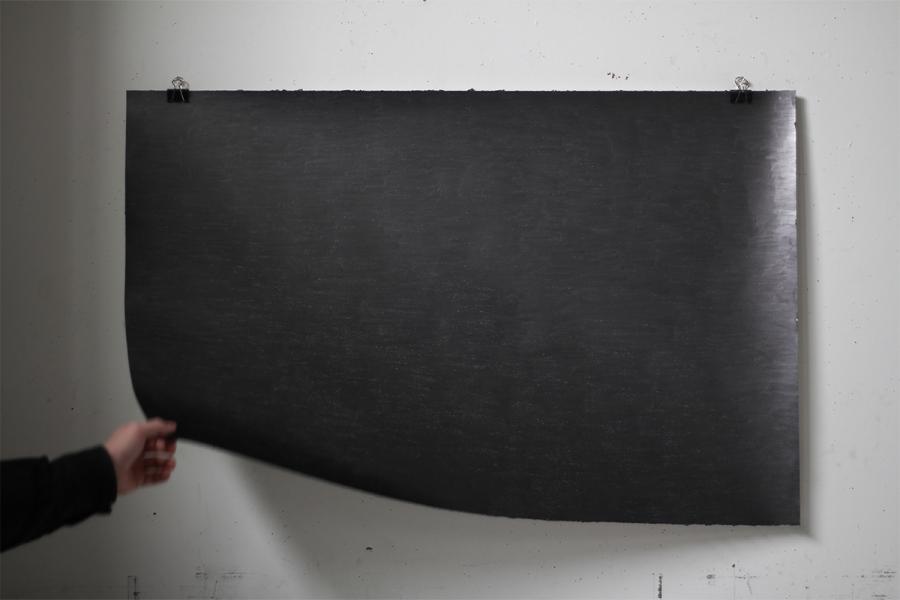
An Offering: How can I live with this?
How can I live with this?1 Elder Valdie Seymour smiled as he gestured to the cedar sapling sitting behind him, the other being in our conversation. The longer I have sat with, walked with, forgotten, remembered, and reflected on this advice, the more it has revealed its multiplicity. How can I live with the Land2 , beings, and place around me, but also can I live with myself? How do I unsettle myself? How can I offer, give, or gift something in exchange for everything place, Land, and Mother Earth have given me? How do I get to know a place?
This thesis project questions the gaining of knowledge and the translation required for academia and architectural practice. Critical reflection on the methods I developed for working through my education and careful transition into words, drawings, and other mediums will help pluralize meanings and interpretations.
Building on the tools for making meaning that I was created in collaboration with place beginning in ED3 Architectural Design Studio to seek more knowledge and ways of knowing. My soft shoes and bundle encourage more present engagement with place while walking, waiting, and listening. The thesis intends to make an offering to the Land that has given me life and helped me along my journey.
The theoretical frameworks of intersectionality and Etuaptmumk (two-eyed seeing) will allow for critical use of the research methods of walking, place-writing, and storying to ensure that power is constantly shifted to the Land through the awareness of self in the process of coming to know. The anti-oppressive research method of intersectionality “seeks to uncover oppression as it exists within… levels of society,” and Etuaptmumk (two-eyed seeing) uses the strengths of both western and indigenous knowledges and ways of knowing.3
Looking at the immediate, the distant, the longer here, the shorter now, and everything everywhere, all at once. All place is relevant, so the place I sit now is as important as the place of inquiry. They are opportunities to learn from the Land and develop a deeper understanding of the numerous histories of each place. The goal of my work will be to provide a contrast to the colonial architectural method and framework, recenter focus on Land, and hopefully foster new relationships for generational knowledge building. Being present in a place inherently means you have played a role in its story as Elder Valdie Seymour shared with me, “spirit is with the land, not separate.”4
1. Elder Valdie Seymour, conversation with author, September 13th, 2022.
2. Sandra Styres defines “Land [as] what is contested, what is shared, what is danced, and what is discussed without words… something akin to ‘place’: territories imbued with social meaning that from the basis of social life… and informing cultural and community practices.” Emma Battell Lowman and Adam J. Barker, Settler, Identity and Colonialism in 21st Century Canada, (Winnipeg: Fernwood Publishing, 2015) 48.
3. Patricia Hill Collins, Intersectionality as Critical Social Theory, (Durham: Duke University Press, 2019) 1; “Bringing Together Indigenous Ways of Knowing and Western Scientific Knowledge,” The Institute for Integrative Science and Health, Last modified June 2013, http://www.integrativescience.ca/.
4. Elder Valdie Seymour, conversation with author, September 13th, 2022.
